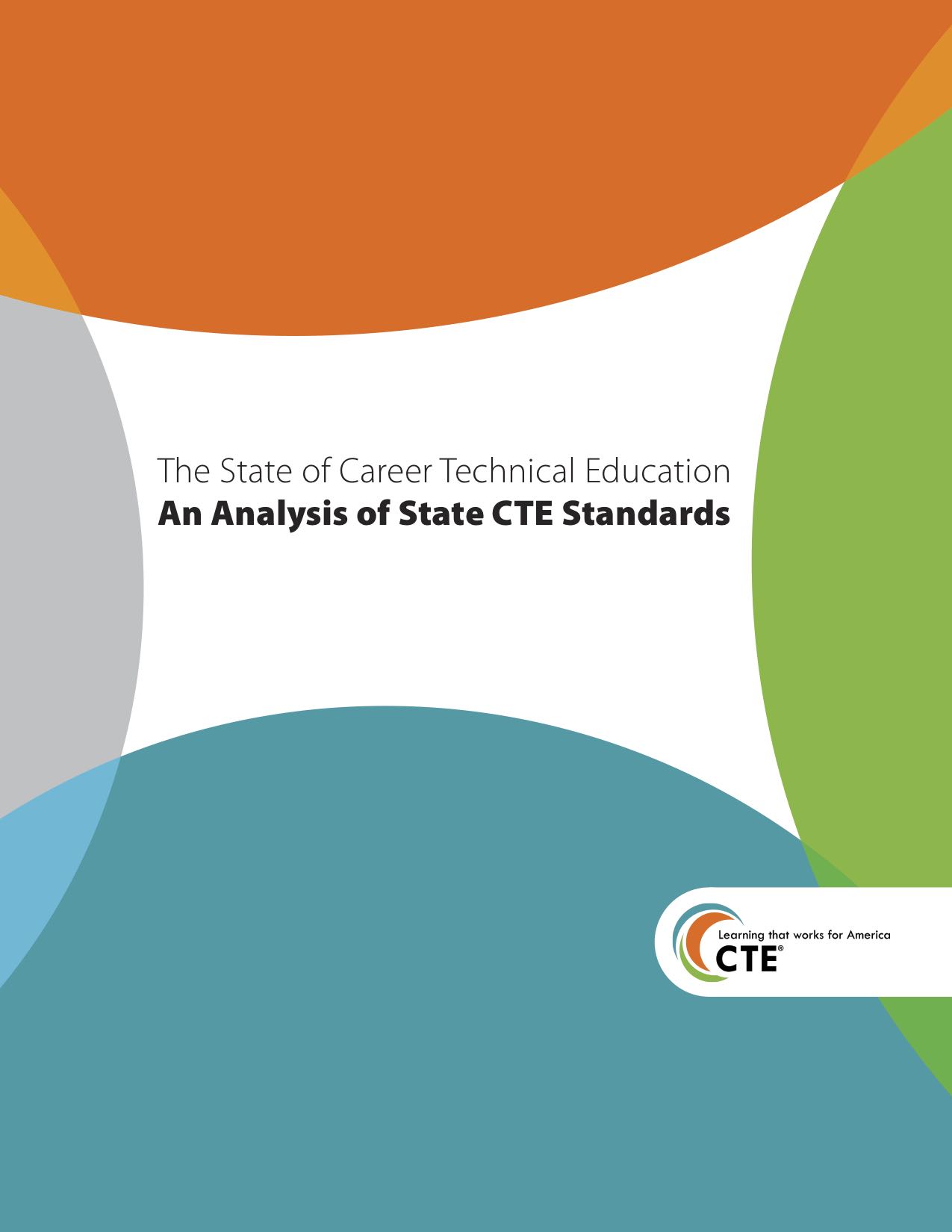In its 2013 report, the National Association of State Directors of Career Technical Education Consortium (NASDCTEc) presented findings from its analysis of secondary and postsecondary CTE standards across 50 states and three U.S. territories. Notably, nearly all states and territories had state-approved secondary CTE standards, far fewer states had approved postsecondary CTE standards, and less than a handful of states and territories had aligned secondary and postsecondary standards. Despite the lack of alignment between standards at the two levels, NASDCTEc reported that nearly all states had course sequences that spanned across secondary and postsecondary systems and the majority of states used The National Careers Clusters Framework to describe their CTE system.
NASDCTEc also examined the degree of alignment between each state’s secondary and postsecondary standards against the Common Career Technical Core (CCTC). Unlike occupationally-specific content standards, the CCTC convey “end-of-program of study expectations” for 16 Career Clusters and the 79 corresponding Career Pathways (p. 6). On average, state CTE standards were only partially aligned to the CCTC benchmark standards across the Career Clusters. The NASDCTEc noted this finding could be due to differences between the CCTC and state standards in terms of organization and intent. Additionally, the authors mentioned that though states have the option to replace their standards with the CCTC, that was not necessarily the intent and instead states could use the broader Career Clusters or Pathway Standards to supplement existing occupation-specific standards.
Among its recommendations, the NASDCTEc raised a need for postsecondary CTE standards within states to facilitate collaboration, and alignment between secondary and postsecondary CTE programs. Recommendations also called for greater emphasis on program evaluation and procedures for monitoring and reporting to enhance fidelity of program implementation. As NASDCTEc pointed out, the CCTC requires “shifting of content employability or career development standards—to practice standards embraced and implemented at every grade level, with increasing complexity” (p. 28).
State-CTE-Standards-NASDCTEc_2013.pdf (1915 downloads )



